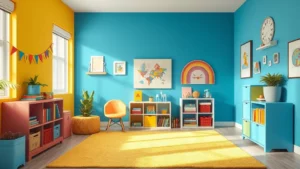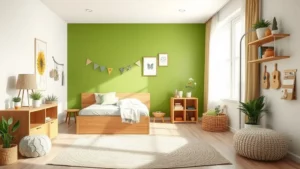The design of a child’s room plays a crucial role in their development and creativity. A well-designed space can stimulate imagination, encourage play, and provide a sense of security. By incorporating elements that reflect a child’s personality and interests, parents can create an environment that fosters growth and exploration. This article explores the key aspects of designing a magical space for children.
One of the most important factors in children’s room design is functionality. The space should be organized and adaptable to accommodate various activities, from playtime to study sessions. Storage solutions, such as shelves and bins, can help keep the room tidy while allowing easy access to toys and books. Additionally, incorporating flexible furniture, like a desk that can be adjusted as the child grows, ensures the room remains practical over time.
Color and decor also play a significant role in setting the mood of a child’s room. Bright, cheerful colors can energize the space, while softer tones can create a calming atmosphere. Personal touches, such as artwork or themed decorations, can make the room feel unique and special. Ultimately, the goal is to create a harmonious environment that reflects the child’s individuality and encourages their imagination to flourish.



